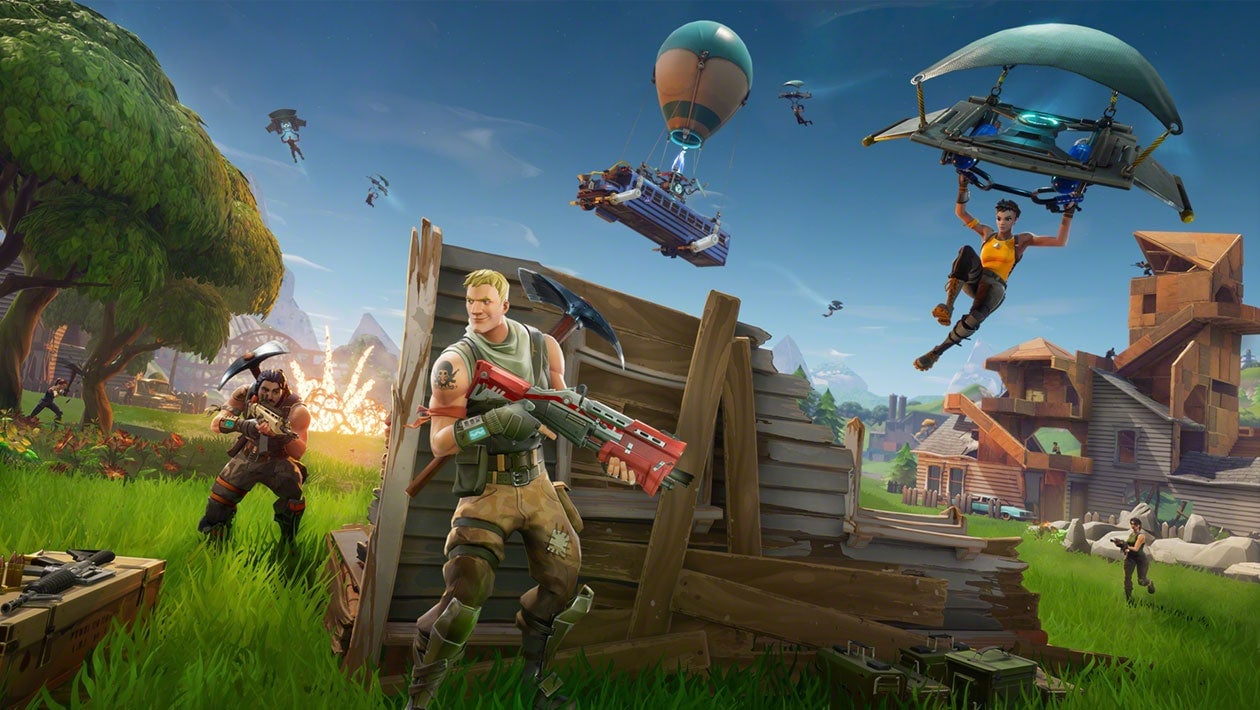The best way to make money in gaming is with free games
Even if you’re not a gamer, you’d likely recognize the names of 2018’s biggest premium video game releases. There are the perennial classics, like FIFA, Grand Theft Auto, and Call of Duty. There are buzzy blockbusters like Red Dead Redemption.


Even if you’re not a gamer, you’d likely recognize the names of 2018’s biggest premium video game releases. There are the perennial classics, like FIFA, Grand Theft Auto, and Call of Duty. There are buzzy blockbusters like Red Dead Redemption.
But these titles comprised just a small fraction of video game revenue last year.
The lion’s share of the money—80% of the market, or $87.7 billion—came from free-to-play games. Go down the list of last year’s 10 highest grossing games and you won’t find one premium Western release. But you will find nine free games, six of them from Asian publishers.
Unsurprisingly, the explosively popular Fortnite led the free games charge, raking in $2.4 billion. But the runner-up, a Korean beat ‘em up game called Dungeon Fighter Online, made $1.5 billion—more than FIFA ‘18 and Grand Theft Auto V combined, according to a new report from video game research firm SuperData.
The lone premium game in the top 10 is PlayerUnknown’s Battlegrounds, which made just over $1 billion.
None of these revenue figures come from advertising, says Superdata analyst Carter Rogers. Instead, his team only recorded the amount players spent buying games or on microtransactions. For the most part, in-game purchases went toward cosmetic items like new costumes, gear, or dance moves. “When players spend so much time in a game,” Rogers says, “they want to invest to show off a certain virtual fashion.”
Asian mobile games dominated the market, taking in 62% of all free games’ revenue. Rogers says that’s because players in Japan, South Korea, and other Asian countries are more open to playing “hardcore” games—complex, hard-to-master titles like League of Legends—on their phones. Players in North America and Europe usually reserve these games for consoles or computers.
“In Asia, there isn’t as much of a legacy of console gaming,” Rogers says. “People are entering gaming for the first time, and their device is a phone.”
But, Rogers points out, many kids in the West have gotten their first taste of hardcore mobile gaming through Fortnite, which allowed players to compete on phones, consoles and computers alike. That might create an appetite in Western markets for more cross-platform games.
Much of the mobile gaming spoils have gone to China’s Tencent, which has become the world’s largest games company. The conglomerate owns all or part of three of the 10 biggest money-makers—League of Legends, Honour of Kings, and Clash Royale—and owns a stake in the publishers of two more: Fortnite and Candy Crush Saga. For good measure, it might buy a controlling stake in the company that owns Dungeon Fighter Online, too.